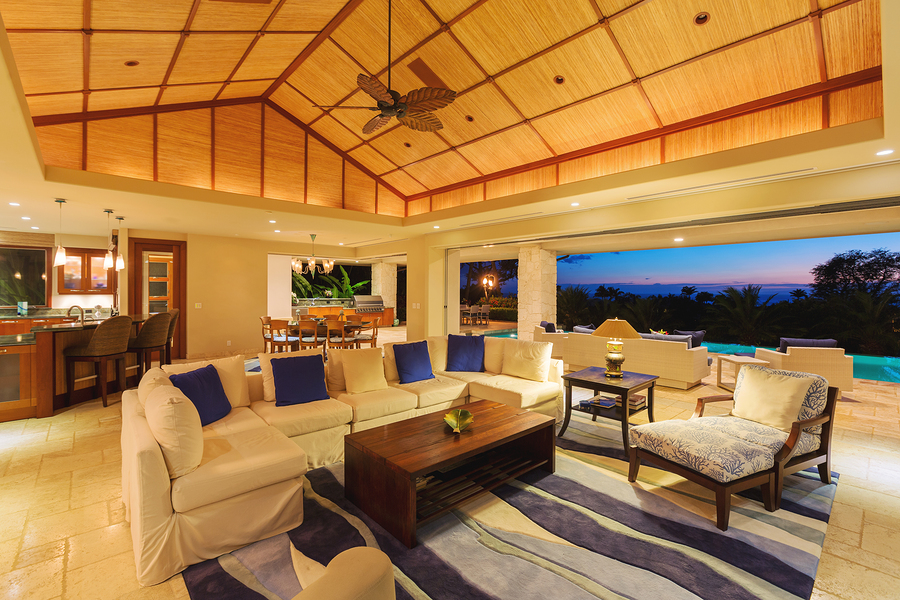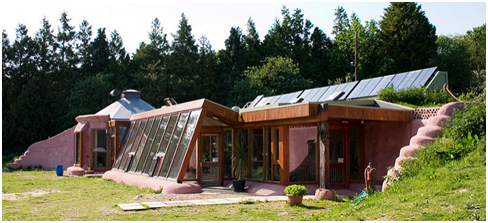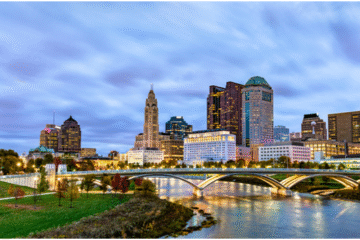6 Renovation Additions to Make Your New Home More Efficient

The best home renovations add both functional space and attractive features. Remodeling your home also provides a great opportunity to make changes that reduce your energy usage. As you are renovating your space, consider implementing these six features in your renovation project to lower your utility costs and to reduce your carbon footprint.
Weatherization
Basic weatherization has a significant impact on the amount of energy used to power your home. You can incorporate this project into your home renovation by including:
- Increased wall and floor insulation in the attic, the basement, and the crawlspace.
- Roof repairs as needed to provide a complete seal.
- Air sealing as needed.
- Replacement of incandescent light bulbs with fluorescent models.
- Door and window weather-stripping.
- HVAC maintenance, repair, or replacement as needed.
- Vapor barrier upgrade or replacement.
If you’re unsure as to what features in your home need energy improvement, consider a home energy audit. This will help you easily identify areas in need of efficiency optimization and uncover issues not readily visible to homeowners
Minimal Framing
If you’re putting an addition on your home, it’s recommended to use the minimal amount of framing that your local building code allows. This will not only reduce your lumber use but also increase the available space for insulation within the wall.

Solar Panels
According to the U.S. Department of Energy, to create a passive solar home design, you’ll need at least partial sun exposure on the south side of your house. Solar panels absorb the sun’s energy and use it to power your home, reducing your utility use and minimizing the use of nonrenewable resources. This type of home design may also incorporate aspects such as sunrooms and masonry floors and walls that absorb and retain heat.
New Appliances
The older your home appliances, the more likely it is that they are energy hogs. Replacing these models with new energy-efficient appliances can create significant savings. An old refrigerator should be replaced first since it runs constantly and uses more energy than other appliances. Avoid getting a new Energy Star-rated refrigerator and placing the old one in your garage or basement, as this will actually increase your energy use. Buy two new models if you truly need a second fridge. Energy Star dishwashers and washing machines reduce both energy and water consumption, often by hundreds of gallons a year.
Low-Flow Shower Heads
If you’re renovating your bathroom, reduce your water usage without impacting performance by installing low-flow shower heads. These models eliminate up to 50 percent of water waste and also reduce energy usage since you’re also paying less to heat the water you use to shower.
Smart Thermostat
Step into the future with a smart thermostat, which allows you to control the climate of your home from anywhere using a convenient mobile app. Over time, the system learns your habits and adjusts your home’s temperature accordingly to promote comfort while minimizing energy use. The Environmental Protection Agency (EPA) estimates you can save up to $180 per year by using a smart thermostat.
Renovating your home is more than just improving it physically. Incorporating these features into your home will ensure that as you beautify and upgrade your house, you are also reducing your personal energy consumption and saving money in the process.




